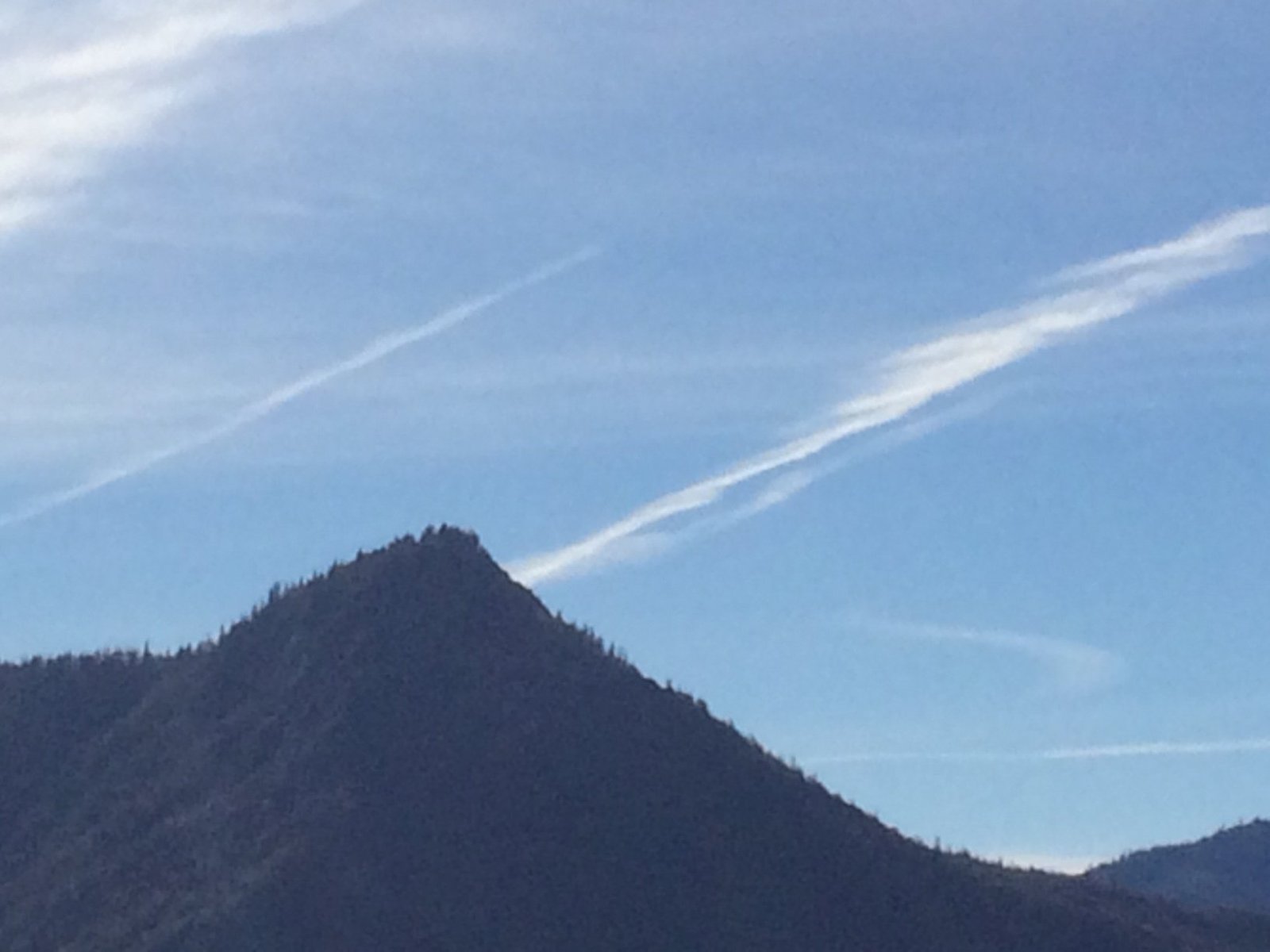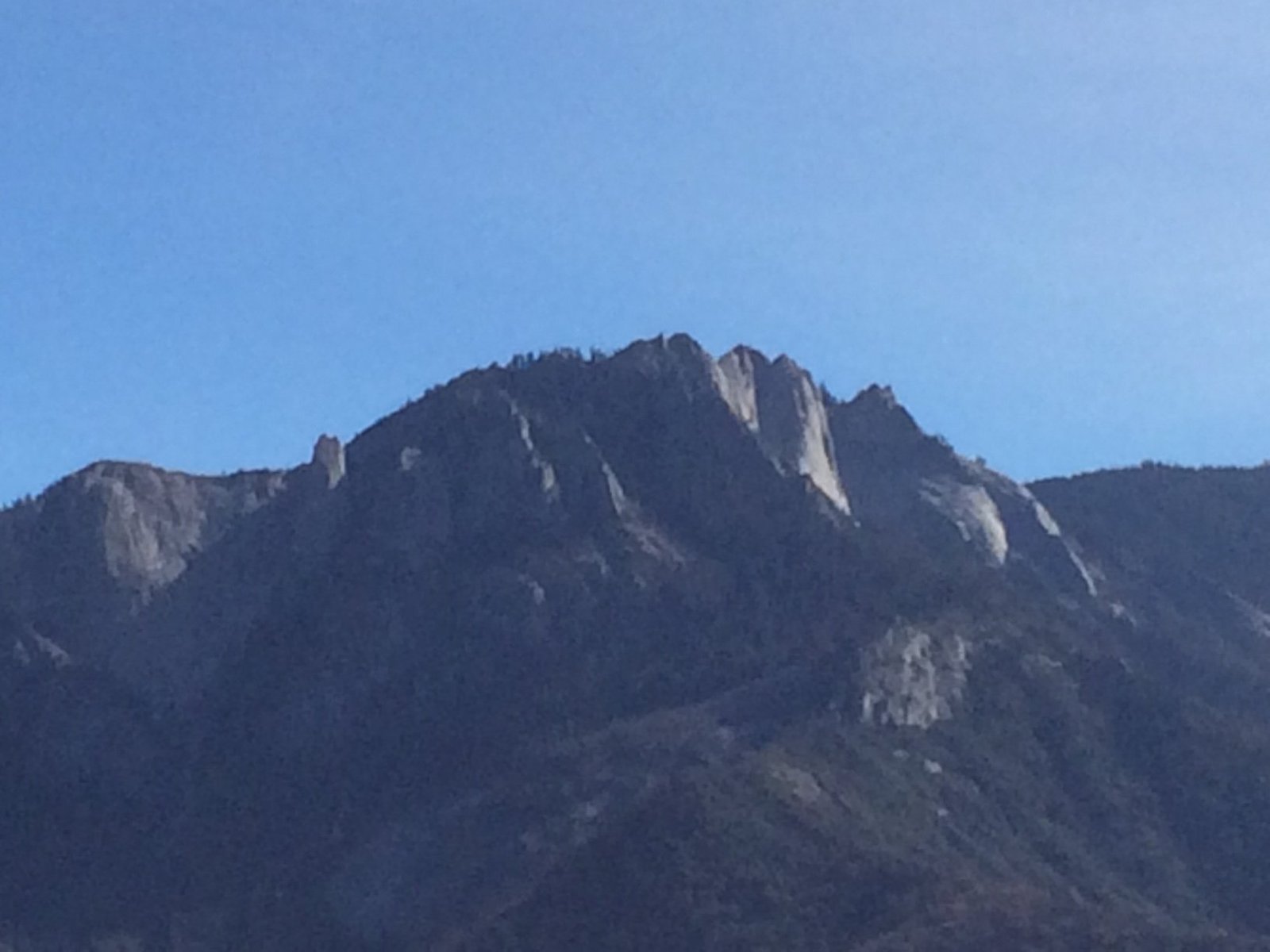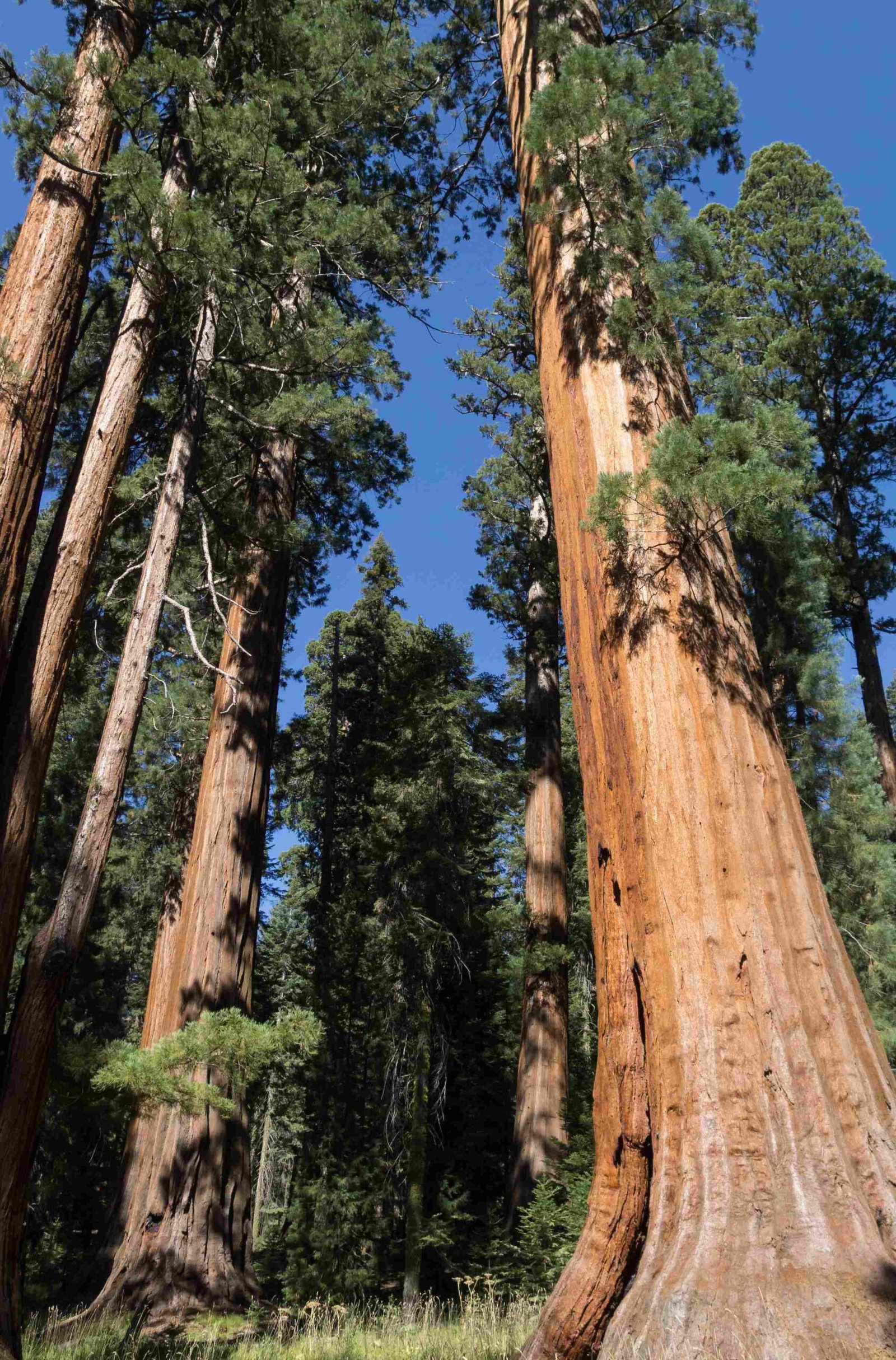Sequoia National Park’s granite knob, known as Little Baldy, is a prominent geological feature offering breathtaking panoramic views of the Sierra Nevada. This granite dome, standing at 8,044 feet, provides hikers with a challenging yet rewarding trek through diverse landscapes. The Little Baldy Trail, a 3.4-mile round trip, leads adventurers to the summit where they can witness stunning vistas of sequoia forests, rugged mountain ranges, and on clear days, even the distant San Joaquin Valley.
What Makes Little Baldy a Unique Granite Knob in Sequoia National Park?

Little Baldy stands out among Sequoia National Park’s granite formations due to its accessibility and the panoramic views it offers. Unlike some of the park’s more famous granite features like Moro Rock, Little Baldy provides a less crowded experience while still delivering spectacular scenery.
Key features of Little Baldy include:
- Elevation: 8,044 feet (2,452 meters)
- Trail length: 3.4 miles round trip
- Hiking difficulty: Moderate
- Unique 360-degree views of the surrounding landscape
How Do You Access the Little Baldy Trail?

The Little Baldy Trail is the primary route to reach the granite knob. Here’s what you need to know about accessing the trail:
- Trailhead location: Along the Generals Highway, between Lodgepole and Grant Grove
- Parking: Small parking area available at the trailhead
- Signage: Well-marked trail with clear signs pointing to Little Baldy
During peak summer weekends, the road to nearby attractions like Moro Rock may be closed to private vehicles. In such cases, park shuttles are available to transport visitors to the area.
What Can Hikers Expect on the Little Baldy Trail?
The Little Baldy Trail offers a diverse hiking experience. Here’s a breakdown of what to expect:
- Trail characteristics:
- Length: 3.4 miles round trip
- Elevation gain: Approximately 1,000 feet (300 meters)
-
Estimated hiking time: 2-3 hours
-
Trail conditions:
- Well-maintained path
- Steep switchbacks in some sections
-
Mix of shaded forest and exposed granite areas
-
Difficulty level:
- Rated as moderate due to elevation gain and some challenging sections
-
Suitable for hikers with average fitness levels
-
Points of interest along the trail:
- Diverse flora, including sequoia trees and alpine vegetation
- Potential wildlife sightings (always maintain a safe distance)
- Scenic viewpoints offering glimpses of the surrounding landscape
What Are the Best Viewpoints from Little Baldy’s Summit?
Upon reaching the summit of Little Baldy, hikers are rewarded with spectacular 360-degree views. Here’s a breakdown of what you can see from different vantage points:
| Direction | Visible Landmarks |
|---|---|
| East | Mount Silliman, Alta Peak, Great Western Divide |
| West | San Joaquin Valley (on clear days) |
| North | Castle Rocks, sequoia forests |
| South | Vandever Mountain, Farewell Gap |
The granite dome at the summit provides ample space for hikers to explore and find their perfect spot for taking in the views or enjoying a picnic.
How Does the Elevation Affect Hiking Conditions on Little Baldy?
The elevation of Little Baldy plays a significant role in the hiking experience:
- Altitude considerations:
- Summit elevation: 8,044 feet (2,452 meters)
-
Potential for altitude-related discomfort for some hikers
-
Acclimatization tips:
- Take frequent breaks during the ascent
- Stay hydrated throughout the hike
-
Consider spending a day at lower elevations in the park before attempting the hike
-
Weather impacts:
- Cooler temperatures at higher elevations
- Increased sun exposure on exposed sections of the trail
- Potential for rapidly changing weather conditions
When Is the Best Time to Visit Sequoia National Park’s Granite Knob?
The optimal time to visit Little Baldy depends on various factors:
- Seasonal considerations:
- Summer (June-August): Peak season with warm temperatures and clear skies
- Early Fall (September-October): Cooler temperatures and fewer crowds
-
Winter (November-March): Trail often closed due to snow and ice
-
Weather patterns:
- Summer: Generally dry and warm
- Fall: Cooler temperatures with potential for early snow
-
Spring: Unpredictable weather with possible lingering snow
-
Visitor traffic:
- Weekends: Higher visitor numbers, especially in summer
-
Weekdays: Generally less crowded, offering a more serene experience
-
Sunrise and sunset opportunities:
- Early morning hikes offer cooler temperatures and beautiful sunrise views
- Late afternoon hikes provide opportunities for stunning sunset vistas
What Should Hikers Bring for a Little Baldy Trek?
Proper preparation is key for an enjoyable and safe hike to Little Baldy. Here’s a checklist of essential items:
- Sturdy hiking boots with good traction
- Plenty of water (at least 2 liters per person)
- High-energy snacks or a packed lunch
- Sun protection (hat, sunscreen, sunglasses)
- Layered clothing for changing temperatures
- First aid kit
- Navigation tools (map, compass, or GPS device)
- Camera for capturing the stunning views
How Does Little Baldy Compare to Other Granite Features in Sequoia National Park?
While Sequoia National Park is home to several impressive granite formations, Little Baldy offers a unique experience:
- Moro Rock:
- More popular and often crowded
- Shorter but steeper hike with stairs
-
Comparable views but different perspective
-
Beetle Rock:
- Easier access, suitable for all skill levels
- Less expansive views compared to Little Baldy
-
Located near the Giant Forest Museum
-
Little Baldy:
- Moderate difficulty, less crowded
- Longer hike with more diverse terrain
- 360-degree views from a higher elevation
What Wildlife Might Hikers Encounter on the Little Baldy Trail?
The diverse ecosystems along the Little Baldy Trail provide habitats for various wildlife:
- Common sightings:
- Mule deer
- Various bird species (woodpeckers, jays, hawks)
-
Small mammals (squirrels, chipmunks)
-
Rare but possible encounters:
- Black bears (always maintain a safe distance and proper food storage)
-
Mountain lions (extremely rare sightings)
-
Flora of interest:
- Giant sequoia trees in nearby groves
- Alpine wildflowers (seasonal)
- Diverse conifer species
Remember to observe wildlife from a distance and never feed or approach animals in the park.
How Can Hikers Practice Leave No Trace Principles on Little Baldy?
Preserving the natural beauty of Sequoia National Park is crucial. Hikers should adhere to Leave No Trace principles:
- Plan ahead and prepare to minimize waste
- Stay on designated trails to prevent erosion
- Pack out all trash, including biodegradable items
- Leave natural objects and cultural artifacts where you find them
- Respect wildlife by observing from a distance
- Be considerate of other visitors, maintaining a peaceful atmosphere
By following these guidelines, hikers can help protect Little Baldy and Sequoia National Park for future generations to enjoy.
In conclusion, the granite knob of Little Baldy in Sequoia National Park offers a rewarding hiking experience with breathtaking views and diverse natural beauty. Whether you’re a seasoned hiker or a nature enthusiast, this trail provides a unique opportunity to explore one of the park’s impressive granite formations while immersing yourself in the stunning Sierra Nevada landscape.
References:
1. Much Better Adventures – 10 of the Best Hikes in Sequoia and Kings Canyon National Parks
2. National Park Service – Moro Rock & Other Granite Domes
3. For the Love of Wanderlust – Little Baldy Trail – Sequoia National Park, California

